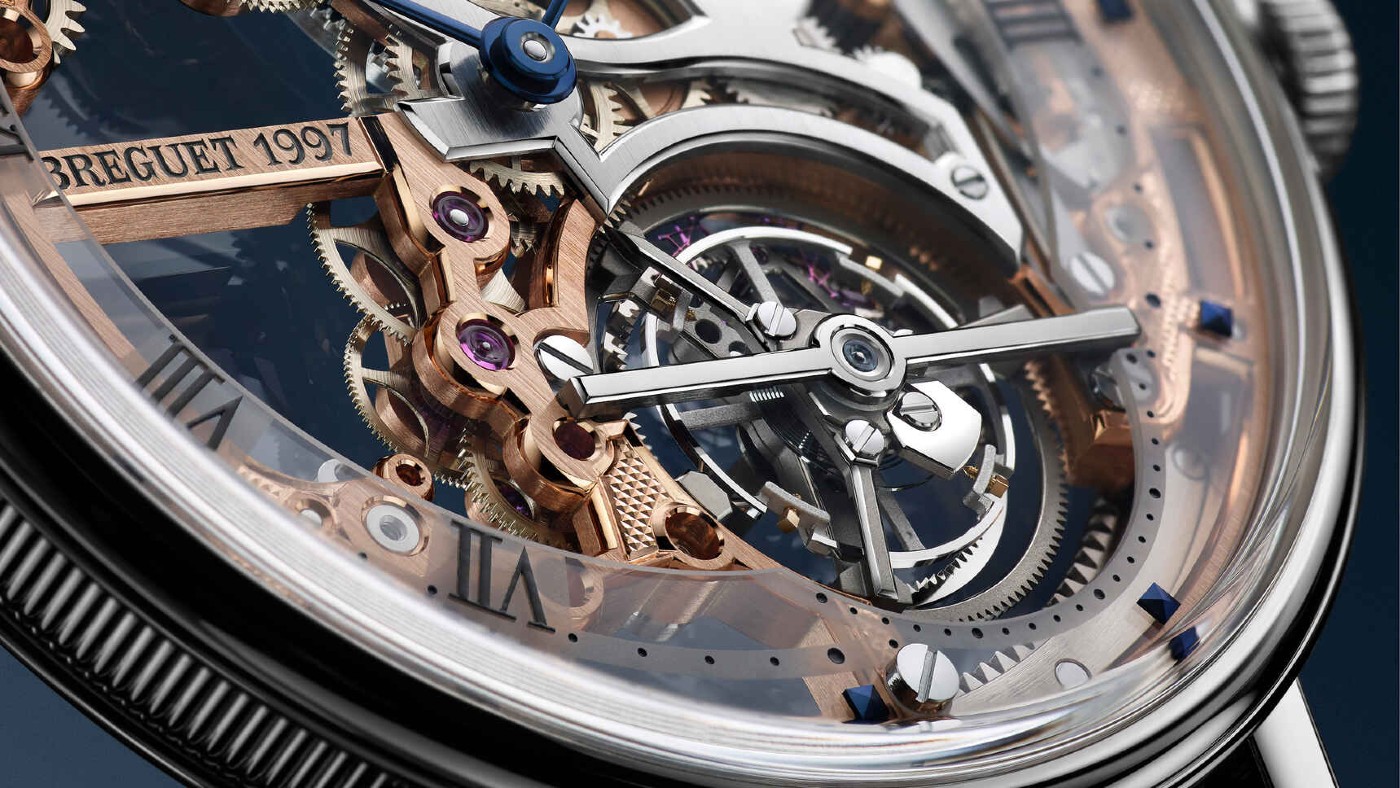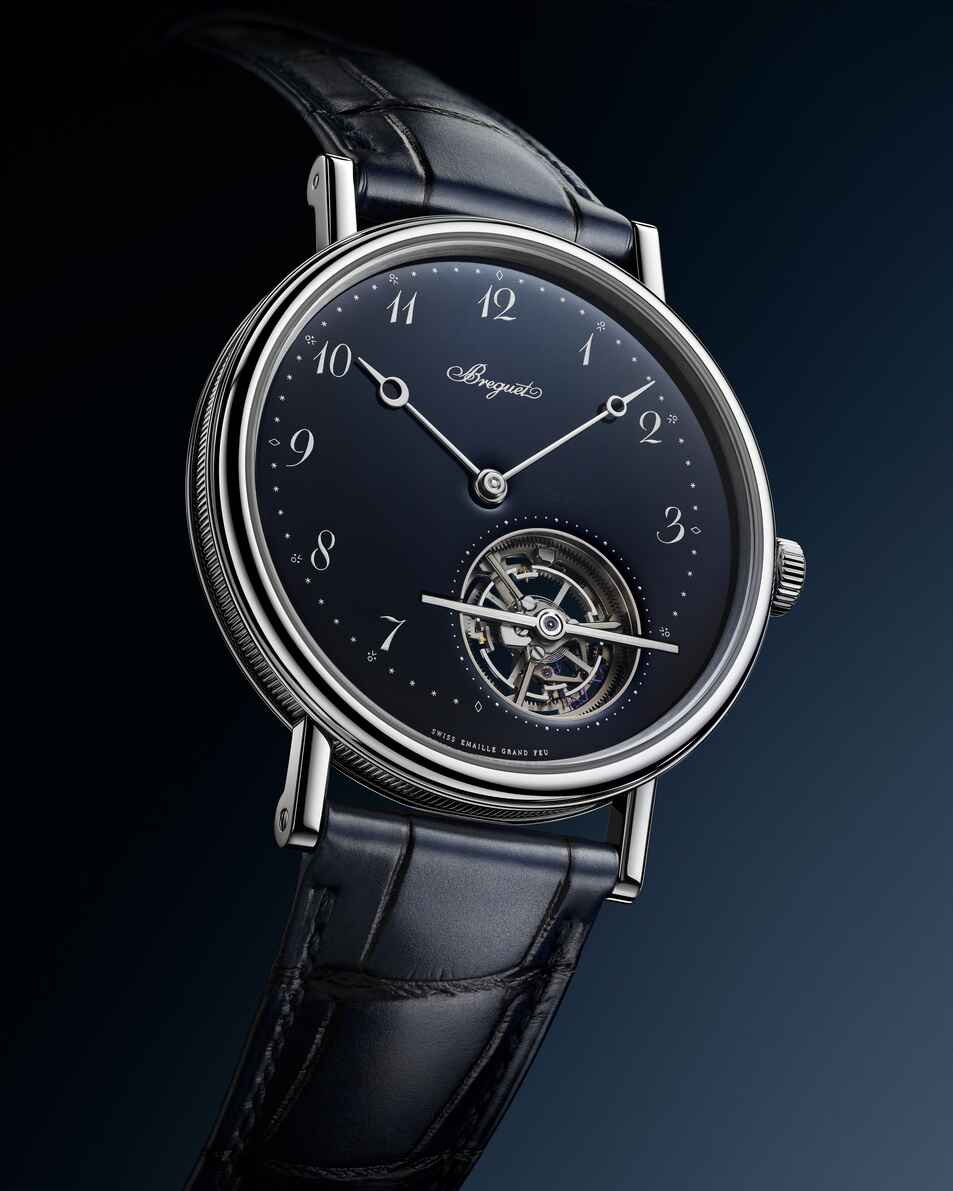The tourbillon: watchmaking’s most complicated complication?

Of all the complications that can adorn a wristwatch, the tourbillon is perhaps one of the most curious.
The whirring, oscillating mechanical feature, which often emerges from the surface of a watch’s dial, these days serves no real purpose other than to dramatically increase a watch’s price. But once upon a time this was not the case.
The tourbillon was originally invented to make pocket watches more accurate. The turning oscillator, in theory, aimed to counter the impact of gravity on a gentleman’s timepiece, which would usually spend the majority of the day in a single position: upright in one’s pocket.
The Week
Escape your echo chamber. Get the facts behind the news, plus analysis from multiple perspectives.

Sign up for The Week's Free Newsletters
From our morning news briefing to a weekly Good News Newsletter, get the best of The Week delivered directly to your inbox.
From our morning news briefing to a weekly Good News Newsletter, get the best of The Week delivered directly to your inbox.
Once watches moved to the wrist, however, this problem ceased to exist - yet tourbillons have remained extremely popular with fans of haute horology, and can add hundreds of thousands of pounds, or more, to a watch’s price.
This year, Breguet, the brand that invented the feature, has released a new tourbillon watch: a blue-dialled version of its Classique Tourbillon Extra-Plat Automatique. In celebration of the release, The Week Portfolio caught up with the company’s CEO Marc Hayek to find out more about the brand’s connection to the unusual complication.
What is Breguet's connection to the tourbillon?
Among other genius inventions, Abraham-Louis Breguet is the creator of the tourbillon, which he patented on June 26, 1801, or rather on 7 Messidor, year IX, since at the time the Republican calendar was still in force in France.
A free daily email with the biggest news stories of the day – and the best features from TheWeek.com
What does a tourbillon do and how does it work?
At a time when timepieces were worn vertically on the body, Abraham-Louis Breguet took great pains to devise a way of negating the effects of the Earth’s attraction on the functioning of the oscillator and, on the basis of this, improving the chronometric accuracy of the movement.
Then the idea came to him to incorporate the balance wheel and spring as well as the escapement (lever and escape wheel) in a mobile casing rotating on itself. Breguet devised the name “tourbillon” for the double rotation of this cage and its parts in reference to the long-forgotten notion of a planetary system rotating around a single axis. Fantastic in its design, captivating in its function, the invention has never ceased to command respect, right from when it was first presented to the present day.
What is new in the Blue Version of the Classique Tourbillon Extra-Plat Automatique?
For the first time Breguet has adorned the dial of its extra-thin self-winding tourbillon with a touch of deep blue, by using the traditional grand feu enamel technique.

Tourbillons aside, which complications do you admire on a watch most? And which do you find most useful?
Watching to a moon-phase indication never stops to be mesmerising. It has something mystical with a touch of poetry. Considering the practical side, I find it useful to have the date indication on my watch.
In the age of quartz watches and smart devices, why should people be interested in the history of mechanical horology?
Except that all watches (mechanical, quartz or smart ones) give time, they have nothing else in common. Today, everything seems so normal but imagine what it meant to develop an accurate timepiece with the technologies they had 250 years ago? Watchmakers were more like scientists! This rich history and legacy is strengthening from generation to generation and there is no reason this should ever come to an end.
What is the value of something that is handmade over something made by a machine?
Nowadays where everything has to be made quickly with no tolerance for even a tiny defect, handmade craft keeps an authentic charm, which no machine can replace. A creation made by hand gives a soul and a unique history. Two timepieces will never be exactly the same but isn’t it wonderful to keep uniqueness in such a standardised world?
Will tourbillons still be being made in 100 years time?
Even though I am not a soothsayer, I wish to believe that there still will be watch lovers in a century who understand the complexity of such a complication. Moreover, the tourbillon is linked to one of the greatest watchmakers of all time. Carrying a tourbillon is like having a part of the history of watchmaking on the wrist.
For more, visit breguet.com
Arion McNicoll is a freelance writer at The Week Digital and was previously the UK website’s editor. He has also held senior editorial roles at CNN, The Times and The Sunday Times. Along with his writing work, he co-hosts “Today in History with The Retrospectors”, Rethink Audio’s flagship daily podcast, and is a regular panellist (and occasional stand-in host) on “The Week Unwrapped”. He is also a judge for The Publisher Podcast Awards.


